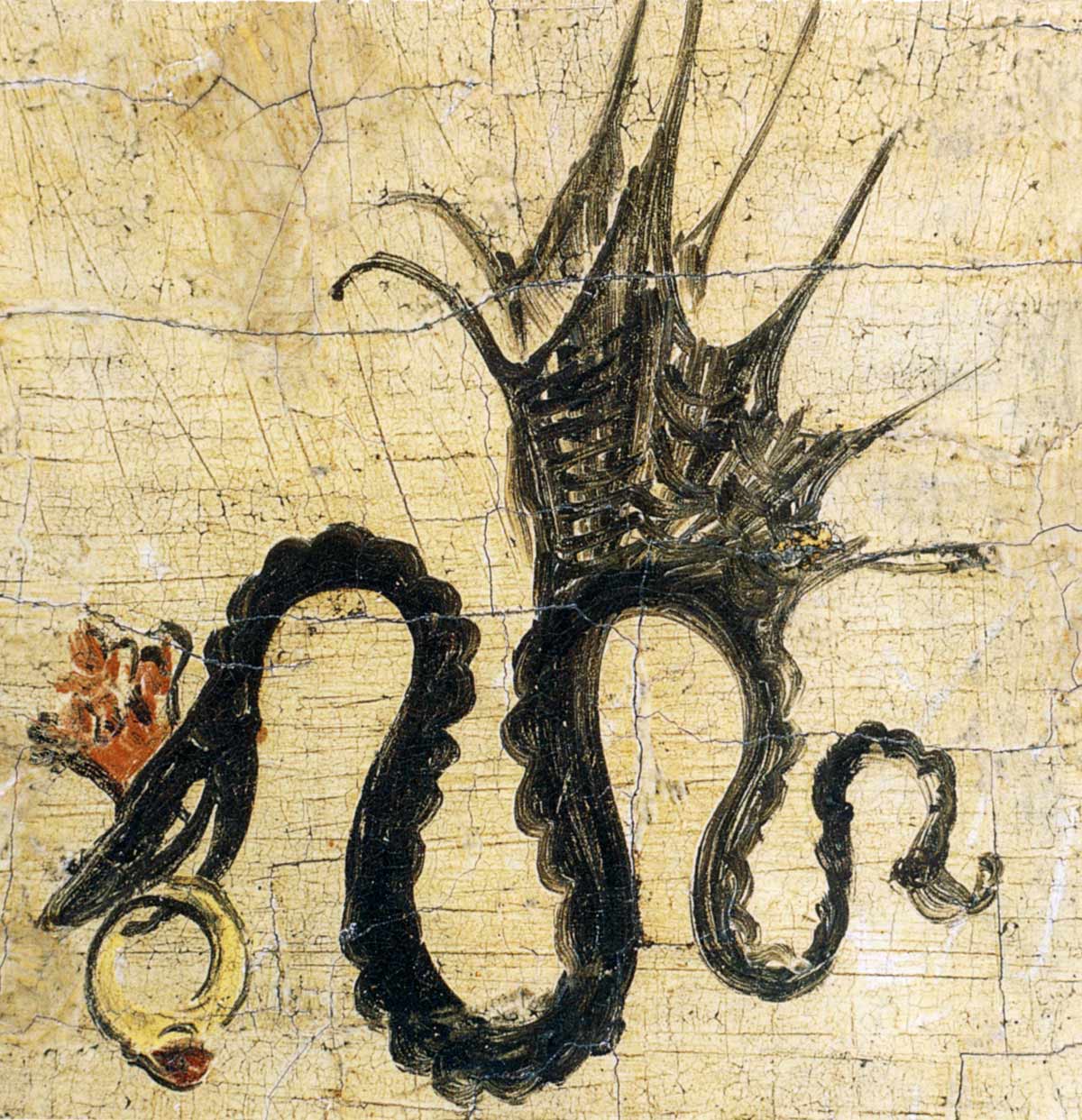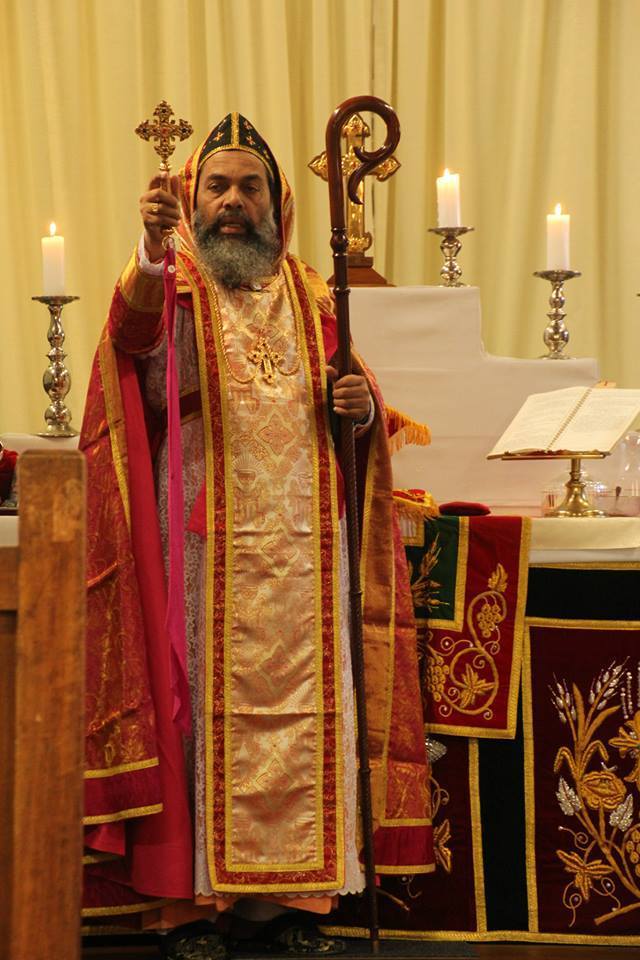|
Eastern Lutheran
Eastern Lutheranism (also known as Byzantine Lutheranism or Byzantine Rite Lutheranism) refers to Lutheran churches, such as those of Ukraine and Slovenia, that use a form of the Byzantine Rite as their liturgy. It is unique in that it is based on the Eastern Christian rite used by the Eastern Orthodox Church, while incorporating theology from the Divine Service contained in the ''Formula Missae'', the base texts for Lutheran liturgics in the West. The Byzantine Lutheran Rite includes the ''filioque'' in the Niceno-Constantinopolitan Creed, albeit placing it in brackets. Eastern Lutherans use the Julian calendar for the calendar and thus observe feast days and liturgical seasons, such as Great Lent, in a fashion similar to Orthodox customs. As such, many Byzantine Lutheran holy days are shared with those of the Eastern Orthodox Church; in addition, Eastern Lutheran churches are constructed in accordance with Byzantine architecture. Posture during worship, such as bowing, is id ... [...More Info...] [...Related Items...] OR: [Wikipedia] [Google] [Baidu] |
Lucas Cranach The Elder
Lucas Cranach the Elder (german: Lucas Cranach der Ältere ; – 16 October 1553) was a German Renaissance painter and printmaker in woodcut and engraving. He was court painter to the Electors of Saxony for most of his career, and is known for his portraits, both of German princes and those of the leaders of the Protestant Reformation, whose cause he embraced with enthusiasm. He was a close friend of Martin Luther. Cranach also painted religious subjects, first in the Catholic tradition, and later trying to find new ways of conveying Lutheran religious concerns in art. He continued throughout his career to paint nude subjects drawn from mythology and religion. Cranach had a large workshop and many of his works exist in different versions; his son Lucas Cranach the Younger and others continued to create versions of his father's works for decades after his death. He has been considered the most successful German artist of his time. Early life He was born at Kronach in upper ... [...More Info...] [...Related Items...] OR: [Wikipedia] [Google] [Baidu] |
Eastern Protestant Christianity
The term Eastern Protestant Christianity (or Eastern Reformed Christianity as well as Oriental Protestant Christianity) encompasses a range of heterogeneous Protestant Christian denominations that developed outside of the Occident, from the latter half of the nineteenth century, and yet keep elements of Eastern Christianity, to varying degrees. Some of these denominations came into being, when existing Protestant churches adopted reformational variants of Eastern and Oriental Orthodox liturgy and worship. Some others are the result of reformations of Orthodox beliefs and practices, inspired by the teachings of Western Protestant missionaries. Some Eastern Protestant Churches are in communion with similar Western Protestant Churches. However, Eastern Protestant Christianity does not constitute a single communion. This is due to the diverse polities, practices, liturgies and orientations of the denominations which fall under this category. List of churches * Armenian Evange ... [...More Info...] [...Related Items...] OR: [Wikipedia] [Google] [Baidu] |
Eastern Catholic Churches
The Eastern Catholic Churches or Oriental Catholic Churches, also called the Eastern-Rite Catholic Churches, Eastern Rite Catholicism, or simply the Eastern Churches, are 23 Eastern Christian autonomous ('' sui iuris'') particular churches of the Catholic Church, in full communion with the Pope in Rome. Although they are distinct theologically, liturgically, and historically from the Latin Church, they are all in full communion with it and with each other. Eastern Catholics are a distinct minority within the Catholic Church; of the 1.3 billion Catholics in communion with the Pope, approximately 18 million are members of the eastern churches. The majority of the Eastern Catholic Churches are groups that, at different points in the past, used to belong to the Eastern Orthodox Church, the Oriental Orthodox churches, or the historic Church of the East; these churches had various schisms with the Catholic Church. The Eastern Catholics churches are communities of Eastern Christia ... [...More Info...] [...Related Items...] OR: [Wikipedia] [Google] [Baidu] |
Persecution Of Christians In The Soviet Union
Throughout the history of the Soviet Union (1917–1991), there were periods when Soviet authorities brutally suppressed and persecuted various forms of Christianity to different extents depending on State interests. Soviet Marxist-Leninist policy consistently advocated the control, suppression, and ultimately, the elimination of religious beliefs, and it actively encouraged the propagation of Marxist-Leninist atheism in the Soviet Union. However, most religions were never officially outlawed. The state advocated the destruction of religion, and to achieve this goal, it officially denounced religious beliefs as superstitious and backward. Froese, Paul. "'I am an atheist and a Muslim': Islam, communism, and ideological competition." Journal of Church and State 47.3 (2005) The Communist Party destroyed churches, synagogues, and mosques, ridiculed, harassed, incarcerated and executed religious leaders, flooded the schools and media with anti-religious teachings, and it ... [...More Info...] [...Related Items...] OR: [Wikipedia] [Google] [Baidu] |
Gulag
The Gulag, an acronym for , , "chief administration of the camps". The original name given to the system of camps controlled by the State Political Directorate, GPU was the Main Administration of Corrective Labor Camps (, )., name=, group= was the government agency in charge of the Soviet Union, Soviet network of Correctional labour camp, forced labour camps which were set up by order of Vladimir Lenin, reaching its peak during Joseph Stalin's rule from the 1930s to the early 1950s. English-language speakers also use the word ''gulag'' in reference to each of the forced-labor camps that existed in the Soviet Union, including the camps that existed in the History of the Soviet Union (1927–1953), post-Lenin era. The Gulag is recognized as a major instrument of political repression in the Soviet Union. The camps housed a wide range of convicts, from petty criminals to political prisoners, a large number of whom were convicted by simplified procedures, such as NKVD troikas or ... [...More Info...] [...Related Items...] OR: [Wikipedia] [Google] [Baidu] |
Stanislaviv
Ivano-Frankivsk ( uk, Іва́но-Франкі́вськ, translit=Iváno-Frankívśk ), formerly Stanyslaviv ( pl, Stanisławów ; german: Stanislau), is a city located in Western Ukraine. It is the administrative centre of Ivano-Frankivsk Oblast and Ivano-Frankivsk Raion. Ivano-Frankivsk hosts the administration of Ivano-Frankivsk urban hromada. Its population is Built in the mid-17th century as a fortress of the Polish Potocki family, Stanisławów was annexed to the Habsburg Empire during the First Partition of Poland in 1772, after which it became the property of the State within the Austrian Empire. The fortress was slowly transformed into one of the most prominent cities at the foothills of the Carpathian Mountains. After World War I, for several months, it served as a temporary capital of the West Ukrainian People's Republic. Following the Peace of Riga in 1921, Stanisławów became part of the Second Polish Republic. After the Soviet invasion of Poland at the onset of ... [...More Info...] [...Related Items...] OR: [Wikipedia] [Google] [Baidu] |
State Atheism
State atheism is the incorporation of positive atheism or non-theism into political regimes. It may also refer to large-scale secularization attempts by governments. It is a form of religion-state relationship that is usually ideologically linked to irreligion and the promotion of irreligion to some extent. State atheism may refer to a government's promotion of anti-clericalism, which opposes religious institutional power and influence in all aspects of public and political life, including the involvement of religion in the everyday life of the citizen. In some instances, religious symbols and public practices that were once held by religion were replaced with secularized versions. State atheism can also exist in a politically neutral fashion, in which case it is considered as non-secular. The majority of communist states followed similar policies from 1917 onwards. The Soviet Union (1922–1991) had a long history of state atheism, whereby those seeking social success gener ... [...More Info...] [...Related Items...] OR: [Wikipedia] [Google] [Baidu] |
Persecution Of Christians In The Eastern Bloc
After the October Revolution of November 7, 1917 (October 25 Old Calendar) there was a movement within the Soviet Union to unite all of the people of the world under Communist rule (see Communist International). This included the Eastern bloc countries as well as the Balkan States. Communism as interpreted by Vladimir Lenin and his successors in the Soviet government required the abolition of religion and to this effect the Soviet government launched a long-running campaign to eliminate religion from society.Clark, Joanna Rostropowicz. "The Church and the Communist Power." Sarmatian Review 30.2 (2010) Since some of these Slavic states tied their ethnic heritage to their ethnic churches, both the peoples and their churches were targeted by the Soviets. Across Eastern Europe following World War II, parts of the former Nazi Germany liberated by the Soviet Red Army and Yugoslav Partisans became one-party communist states and the project of coercive conversion to atheism continued. The So ... [...More Info...] [...Related Items...] OR: [Wikipedia] [Google] [Baidu] |
Galicia (Eastern Europe)
Galicia ()"Galicia" '''' ( uk, Галичина, translit=Halychyna ; pl, Galicja; yi, גאַליציע) is a historical and geographic region spanning what is now southeastern and western , long part of the . [...More Info...] [...Related Items...] OR: [Wikipedia] [Google] [Baidu] |
Evangelical Church Of The Augsburg Confession In Slovenia
The Evangelical Church of the Augsburg Confession in Slovenia ( sl, Evangeličanska cerkev augsburške veroizpovedi v Sloveniji) is a Lutheran denomination in Slovenia. It is led by Bishop Leon Novak. It is a member of the Lutheran World Federation, which it joined in 1952. It is also a member of the Conference of European Churches and the Community of Protestant Churches in Europe. It is one of a few Eastern Lutheran churches which use the Byzantine Rite The Byzantine Rite, also known as the Greek Rite or the Rite of Constantinople, identifies the wide range of cultural, liturgical, and canonical practices that developed in the Eastern Christian Church of Constantinople. The canonical hours ar .... External links * Lutheran World Federation listing Lutheran World Federation members Churches in Slovenia Lutheranism in Europe Lutheran denominations {{Lutheranism-stub ... [...More Info...] [...Related Items...] OR: [Wikipedia] [Google] [Baidu] |
Eastern Christianity
Eastern Christianity comprises Christian traditions and church families that originally developed during classical and late antiquity in Eastern Europe, Southeastern Europe, Asia Minor, the Caucasus, Northeast Africa, the Fertile Crescent and the Malabar coast of South Asia, and ephemerally parts of Persia, Central Asia, the Near East and the Far East. The term does not describe a single communion or religious denomination. Major Eastern Christian bodies include the Eastern Orthodox Church and the Oriental Orthodox Churches, along with those groups descended from the historic Church of the East, as well as the Eastern Catholic Churches (which have either re-established or always retained communion with Rome and maintain Eastern liturgies), and the Eastern Protestant churches (which are Protestant in theology but Eastern in cultural practice). The various Eastern churches do not normally refer to themselves as "Eastern", with the exception of the Assyrian Church of the ... [...More Info...] [...Related Items...] OR: [Wikipedia] [Google] [Baidu] |





